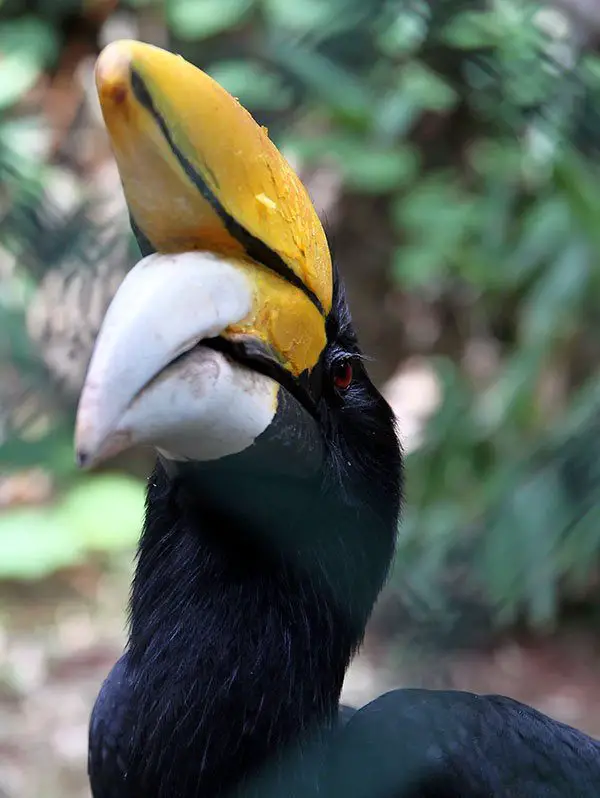
Rhinoceros Hornbill The Animal Facts Appearance, Diet, Habitat
Majestic and stately inhabitant of mature lowland and foothill forests. Pitch black with a white tail marked by a single dark bar. Enormous bill is bright orange with a prominent casque that is short and rectangular in females, long and upswept in males. Often seen in powerful flight over forests, typically in pairs or small groups. Gives low, resonant calls, usually in series: either a single.
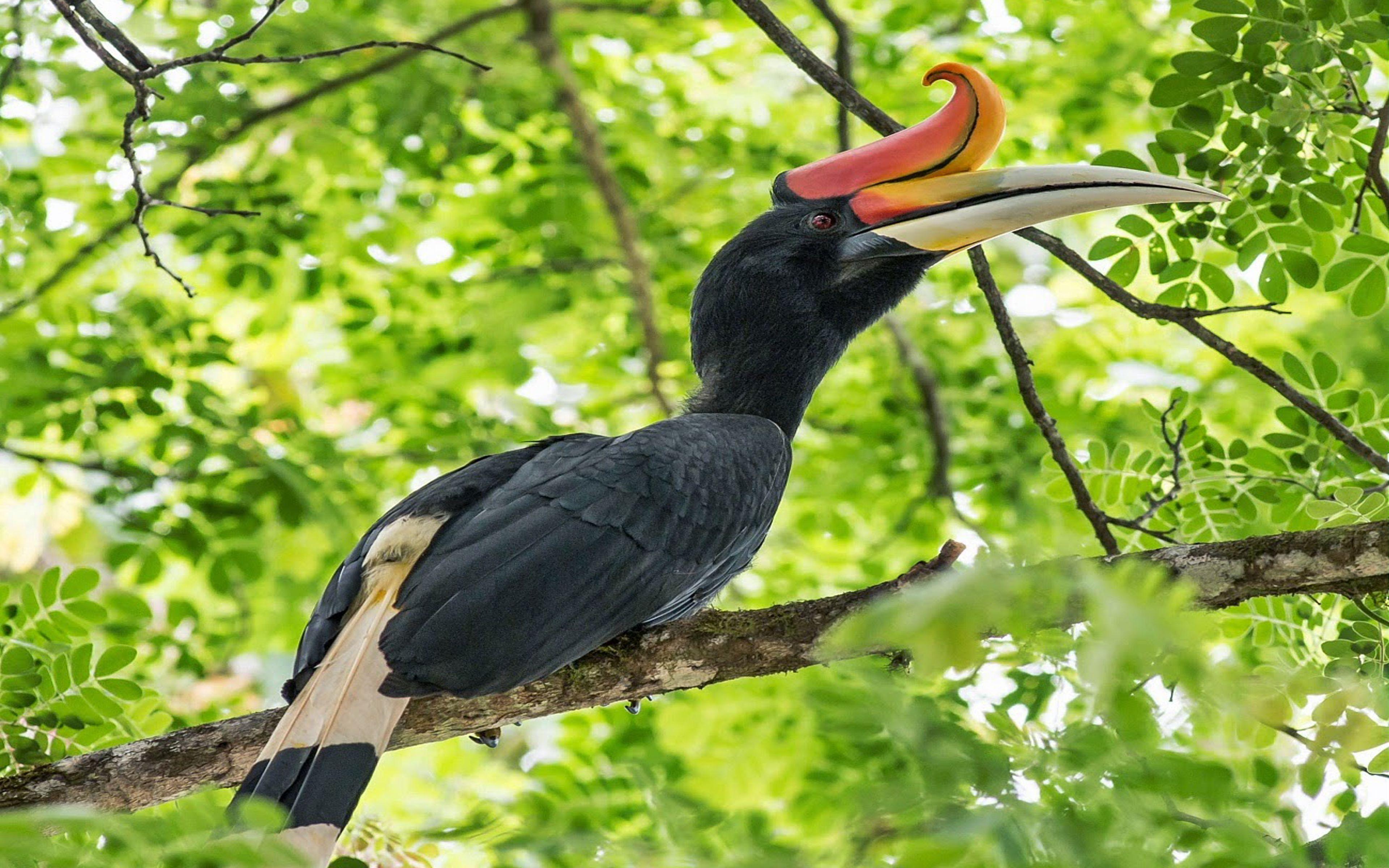
Rhinoceros Hornbill Wallpapers Wallpaper Cave
rhinoceros_hornbill.wav. Overall rating (5 ratings) S. soundbytez. May 23rd, 2010. Follow. A Rhinoceros Hornbill calling loudly from an indoor aviary. Recorded with a Zoom H2.

Javan Rhinoceros Hornbill (Buceros rhinoceros silvestris) Javan rhinoceros, Chester zoo, Zoo 2015
The rhinoceros hornbill is a large arboreal hornbill, 80 to 90 cm (31-35 in) long. The weight varies by sex, with males weighing around 2,465 to 2,960 g (87.0-104.4 oz) and the females 2,040 to 2,330 g (72-82 oz). The plumage is predominantly black, with white legs and vent and a white tail with a black band. The huge bill and casque are.
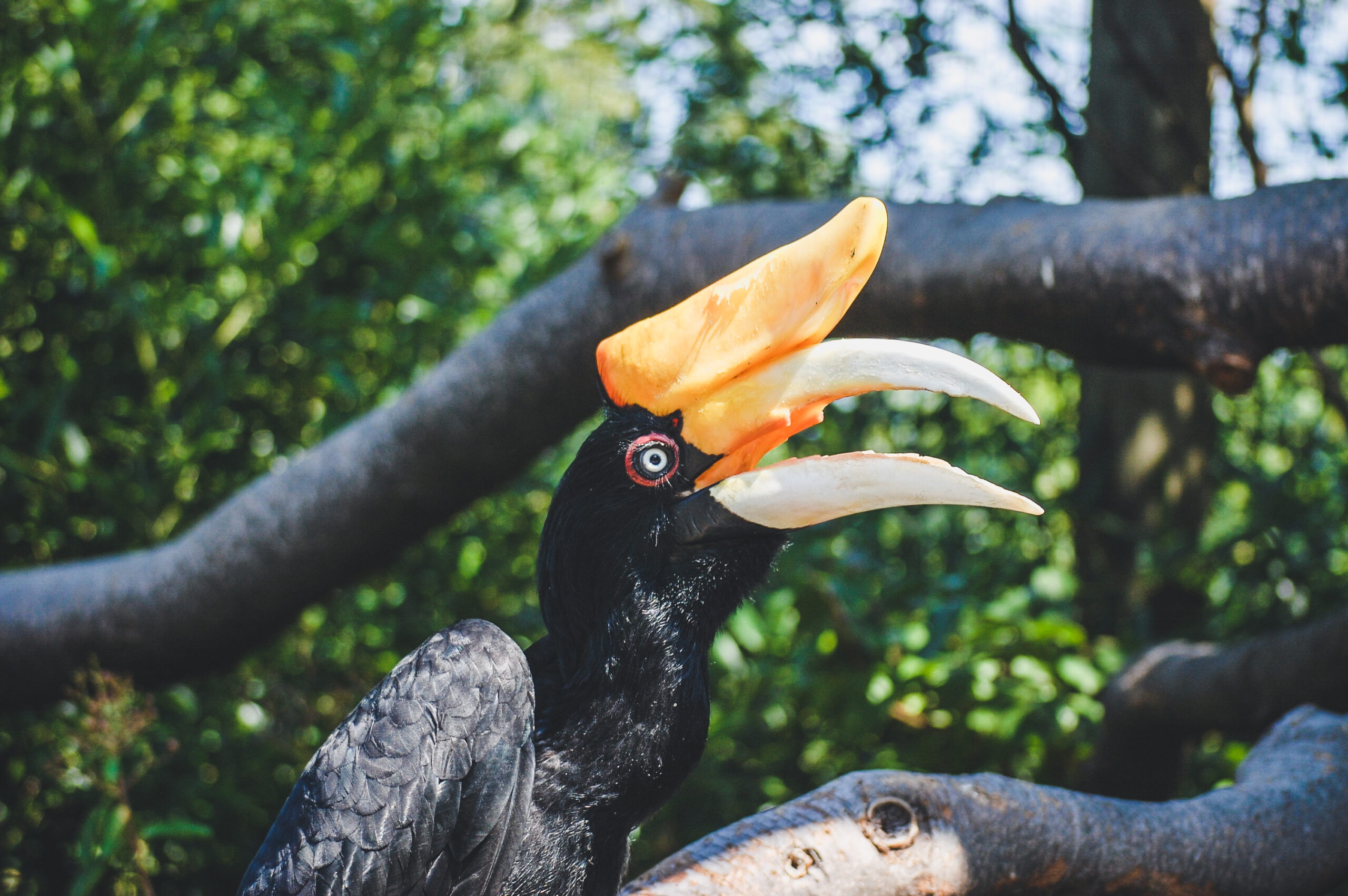
Rhinoceros Hornbill Virginia Zoo
5.66K subscribers 47 8.3K views 2 years ago The Rhinoceros hornbill's bright yellow horn, called a casque, is believed to help amplify their calls throughout the forest. The casque may look.

Rhinoceros hornbill Stock Image C052/4098 Science Photo Library
About Press Copyright Contact us Creators Advertise Developers Terms Privacy Policy & Safety How YouTube works Test new features NFL Sunday Ticket Press Copyright.
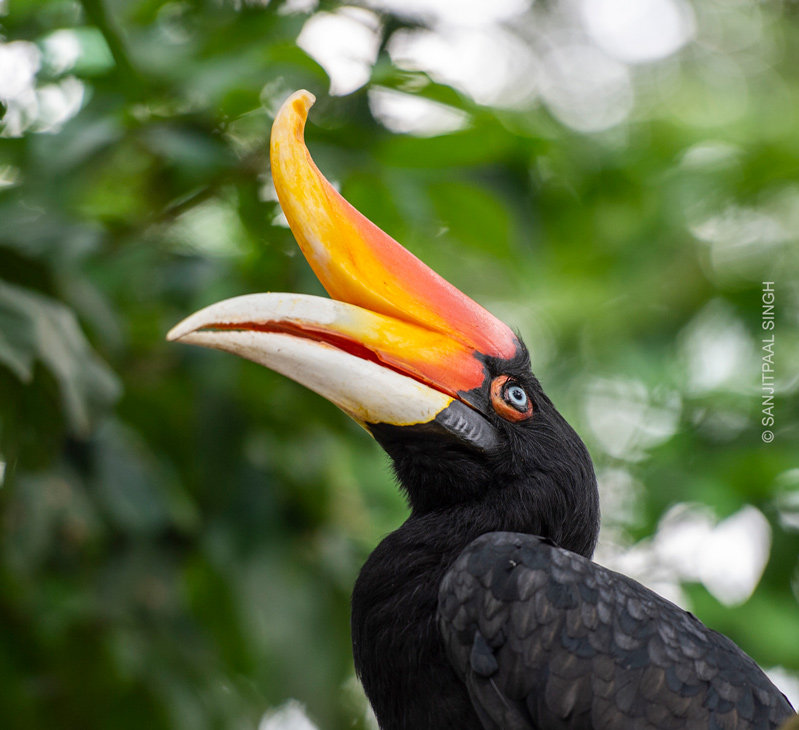
Rhinoceros Hornbill Species in World Land Trust reserves
Description: 99-125 cm. Male 2465-3000 g; female 2040-2330 g. Very large hornbill with black plumage except for white thighs and vent; tail white with broad black band.
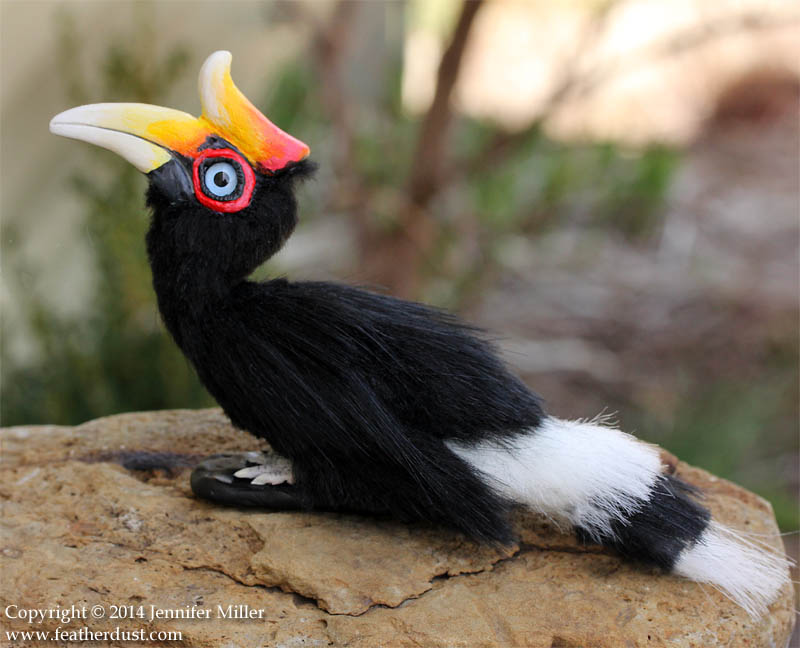
Rhinoceros hornbill National Bird Of Malaysia Interesting Facts
Rhinoceros hornbills are typically found in primary, lowland rainforests, hill dipterocarp forests, mountainous forests, and swamp forests within elevations of 130 to 1500 meters. Rhinoceros hornbill habitat usually contains large, mature trees and fruit-bearing trees that are required for nesting and feeding.
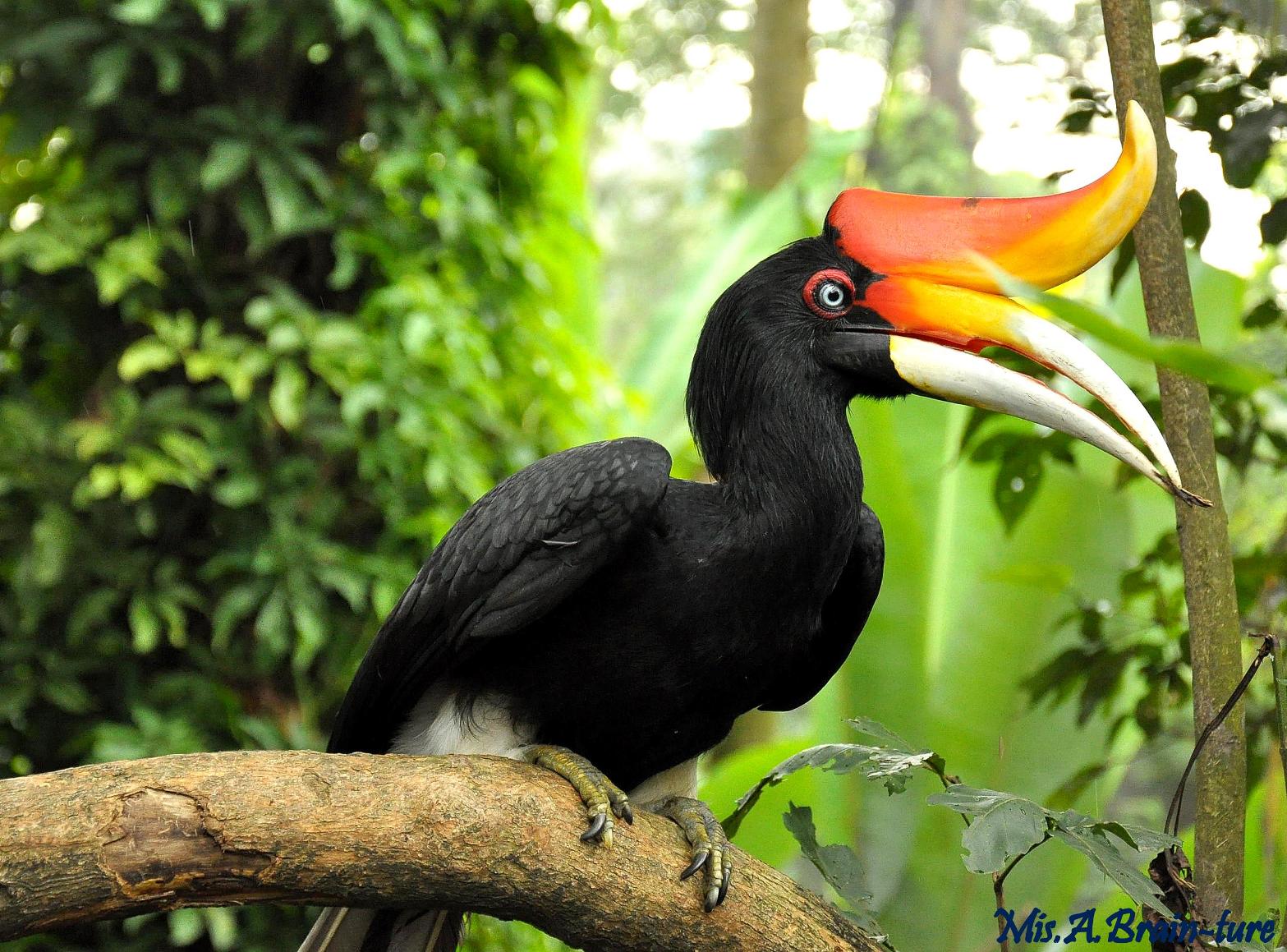
Rhinoceros hornbill National Bird Of Malaysia Interesting Facts
Rhinoceros Hornbills are among the largest of the world's 54 species of hornbills, which are spread across Africa and India to Asia and New Guinea. Some hornbills eat mostly fruit. Others are carnivorous, snapping up lizards, small mammals, and birds. Most live in mature, tropical forests, but some are desert dwellers.
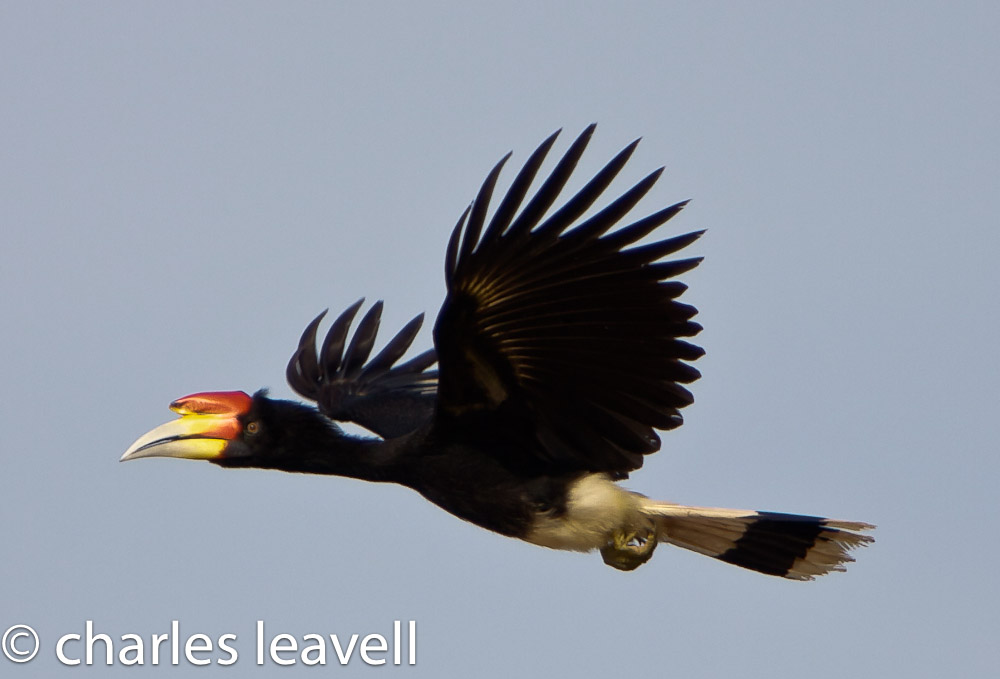
Rhinoceros Hornbill BirdNote
Rhinoceros hornbill (Buceros rhinoceros 110cm): The Rhinoceros hornbill is one of the largest birds in rainforests of Asia. They spend their entire lives on treetops. Found in primary forest.

Sound of a hornbill (Pahang Hornbill) sound hornbill YouTube
The Rhinoceros Hornbill is an awe-inspiring bird species that inhabits the thick mountain rainforests of Southeast Asia. Recognized as one of the region's most iconic birds, it impresses observers with its attention-grabbing casque - a stunning, hollow horn that extends from its upper bill.

RP The Grand Rhinoceros Hornbill (Buceros Rhinoceros) Sarawak State Bird, Malaysia Borneo
The Rhinoceros hornbill ( Buceros rhinoceros) is a large species of forest hornbill found in tropical forests of Southeast Asia. The Iban people of Borneo regard the Rhinoceros hornbill (known as Kenyalang) as the king of the worldly birds, who acts as the intermediary between the man and God. Di Diurnal He Herbivore Fr

Rhinoceros Hornbill (Buceros rhinoceros) in Borneo, Malaysia Stock Photo Alamy
The Rhinoceros Hornbill is a large bird, weighing up to 7.5 pounds and measuring around 3 feet in length. The females tend to be slightly smaller than the males. Their sizable wingspan allows them to effortlessly glide through the rainforest canopy, while their sturdy beaks are perfectly adapted for their feeding habits. Distinguishing Features

Rhinoceros Hornbill ZooChat
In addition to being smaller in size, female Rhinoceros hornbills have smaller casques with no black base and their red-rimmed eyes are white. Size: Rhinoceros hornbills are very large birds. Males are between 37.5-41.5 inches (95-105 cm) long and 5.7-7.5 pounds (2.6-3.4 kg) in weight. Females weigh 4.5-5.1 pounds (2-2.3 kg).
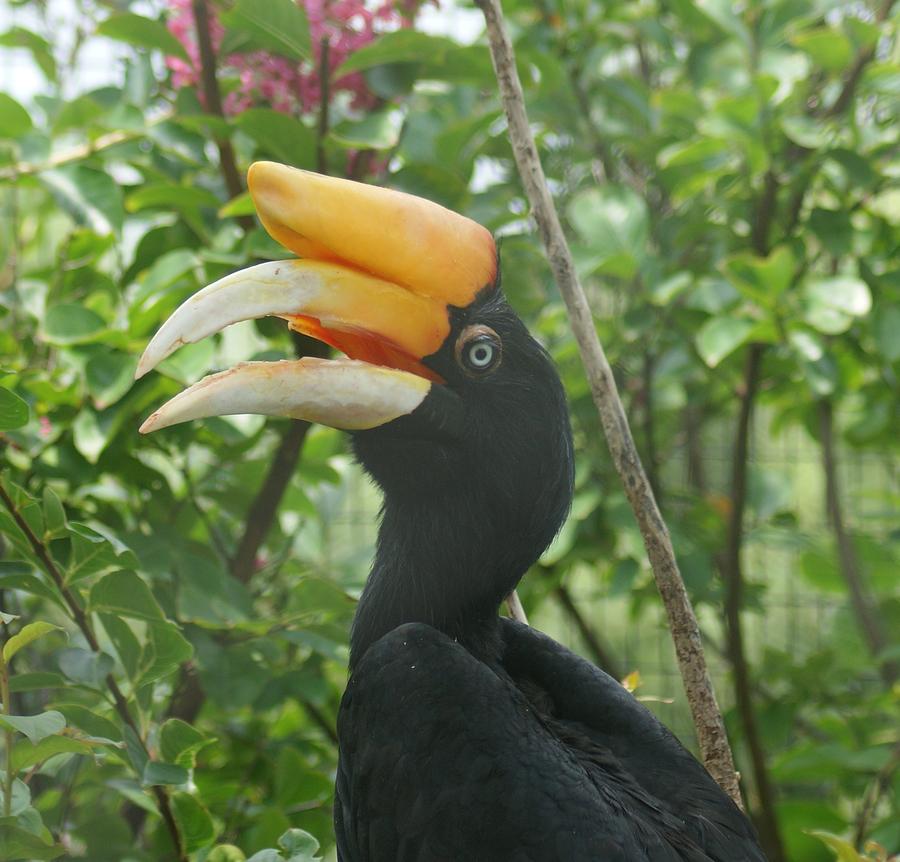
Rhino Hornbill Photograph by Leigh Ann Hartsfield
Hornbills can grow to be about 127 cm (50 in) long and weigh about 3 kg (about 6.6 lbs). But, look closer around the eyes and you will see the difference. The male birds have an orange or red ring around their eyes, while the ring remains white in female. Rhinoceros Hornbill. Photo by Rhett A. Butler Their beak is a marvel of nature.

RhinoHornbillBirdTourMalaysiaBorneo EndemicGuides
PROTONYM: Buceros Rhinoceros Linnaeus, 1758. Systema Naturæ per Regna Tria Naturæ, Secundum Classes, Ordines, Genera, Species, cum Characteribus, Differentiis.

Pin on Bird Photography
Toucans are native to Central and South America, while hornbill species are native to sub-Saharan African and Asia. As for the "two beaks.". First, it is important to know that the beak is the exterior layer that covers the upper and lower jaw of the bird; it is what we see as their mouth. The hard structure found on the rhinoceros hornbill.